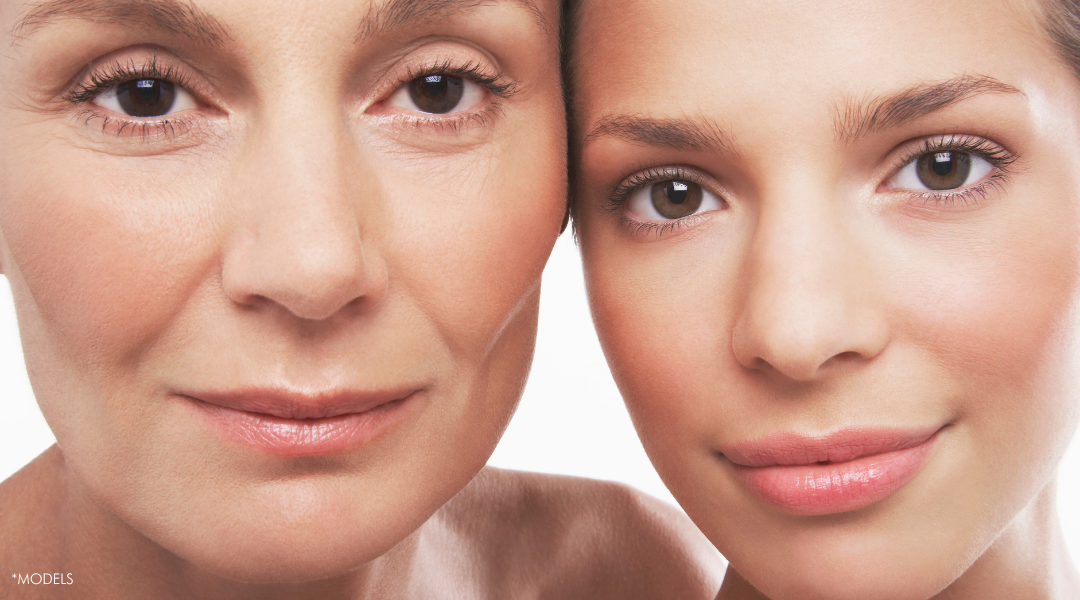As we age, our body goes through numerous changes, and our face is no exception. Unfortunately, it can be frustrating to realize that the face that once looked youthful and vibrant is now starting to exhibit signs of aging. Understanding what exactly is happening to your face as you age can help you make informed choices when it comes to anti-aging treatments. In this post, we will explore all the elements that change in an aging face.
Skin Texture Changes
As we get older, our skin loses its elasticity, resulting in wrinkles, fine lines, and lost volume. Skin texture changes occur because the skin produces less collagen and elastin over time. Another contributing factor is the decrease in exfoliation, which leads to a buildup of dead skin cells.
Changes in Facial Bones
The facial bones also undergo changes as we age, resulting in a change in the overall shape of the face. The bones in the cheeks and jaws start to lose bone density, leading to a sunken appearance. Additionally, the bone around the eye socket becomes thinner, causing the eyes to appear sunken.
Loss of Facial Fat
Fat loss is another common sign of aging. The face loses volume because of the loss of fat. This loss of fat can lead to a hollowed-out look, especially around the eyes, cheeks, and temples.
As we age, the fat pads that reside beneath our skin start to shift in various ways. One of the most common changes is fat pads moving from their original locations to other parts of the face, leading to a more pronounced sagging appearance. This shifting occurs due to decreased collagen production and decreased elastin, which affects the facial muscles.
Changes in Facial Muscles
Facial muscles play a significant role in facial expressions, but they also contribute to the aging process. The muscles in the face start to weaken and decrease in mass, leading to sagging skin and a loss of contours. This is most noticeable in the lower face and neck.
Changes in Pigmentation
Another common sign of aging in the face is the appearance of hyperpigmentation or age spots. Age spots are small, dark spots that appear on the face and hands as a result of sun damage. Sun damage can cause the melanocytes, which produce skin pigment, to distribute pigment unevenly, leading to brown patches on the skin.
In conclusion, the aging process affects each of these elements to varying degrees, resulting in a face that looks less youthful and less vibrant. Fortunately, there are numerous treatments available to combat the signs of aging. Some common treatments include Botox and dermal fillers, which can help restore volume and improve the appearance of wrinkles. It’s important to consult with a trained professional to determine which treatments would work best for you. Understanding the changes that occur in an aging face is the first step in making informed choices when it comes to caring for your skin.
To schedule a consultation please call us at 713.850.0240 or schedule online here.

